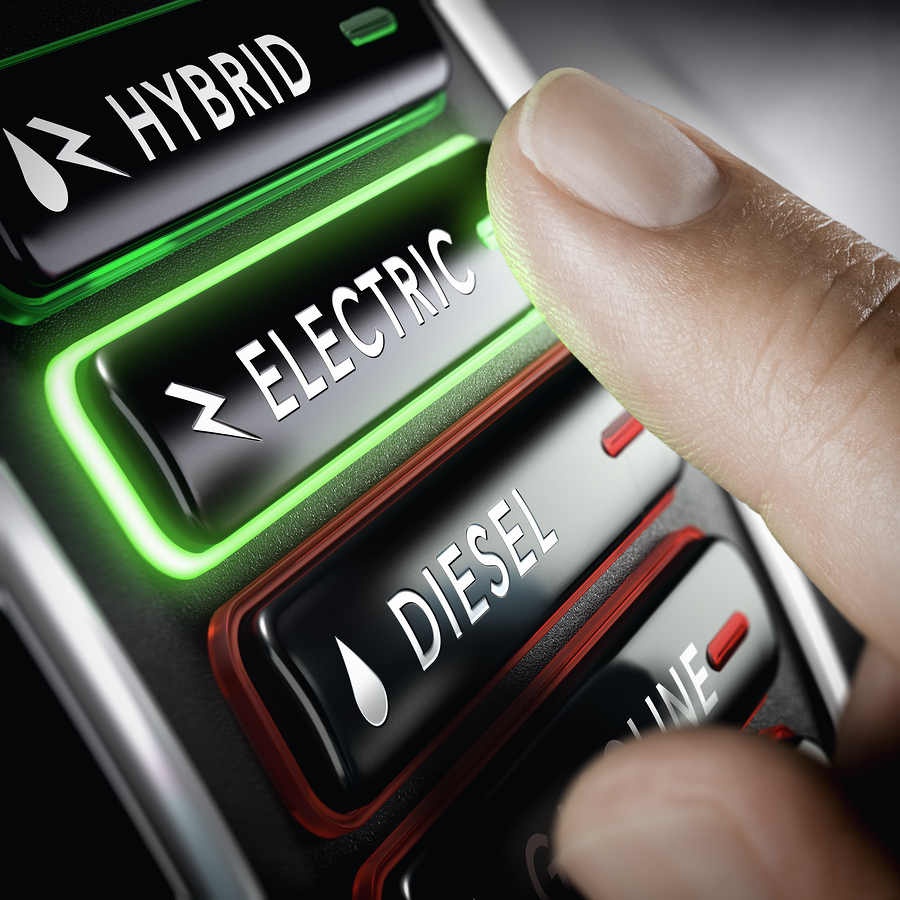Last week Roar Adland, Shipping chair professor at Norwegian School of Economics, sparked discussion on the move of shipping to electric propulsion.
While battery-powered deep sea shipping may seem far-fetched at the moment, Adland claims it is a much more important challenge to solve than unmanned ships, which could eventually see the unemployment of 1.65 million seafarers.
There are some challenges associated with the physics and electronics of electric ships, but Adland is confident that the additional weight of batteries will not impact the ship as much as we expect and there are ways that batteries can be positioned to reduce the need for seawater ballast and its problems.
Although batteries are expensive, Adland says that heavy fuel oil and liquefied natural gas are already non-competitive versus best-in-class solar power and in a decade LNG propulsion might already be dead.
The article proved popular on LinkedIn and was met with comments from experts from across the industry. Here’s what some people had to say about the idea of electric before autonomous:
Roger Strevens, Environmental and social governance at Wallenius Wilhelmsen Logistics ASA
When things start getting exciting people talk about going from a ‘spark to a flame’, but exciting as this trend is, it’s better described as going from a flame to a spark! One aspect of transoceanic vessel eletrification that’s not frequently raised are the recharging requirements.
As Mr Adland’s article describes, the amount of energy for just one voyage is huge. That means if a vessel is to be recharged within the same amount of time as it takes to be replenished with fuel today (say 12hrs for one of our vessels), then the electrical current needed would be similarly huge. It would not be ‘along the same lines’ as what is provided for cold ironing in any sense of the expression. Has anyone ideas they’d like to share on the feasibility and cost… or a way around that problem? I think this challenge, along with the others mentioned in the article, can be overcome, but it’ll require a great focus on R&D to do so.
Tristan Smith, Lecturer at UCL Energy Institute
Even short-haul battery electric flight under development now, it makes a lot of sense that battery is in the mix alongside other zero-emission vehicle options, and for more than just crossing fjords. One of the clear messages from the last 2 weeks of IMO GHG discussions was a near universal acknowledgment of the need and urgency of fuel/energy decarbonisation in shipping, in order to enable sustainable growth of trade. Finally, we’re moving on from the idea that cleaner fossil fuels (e.g. LNG) and marginally improved energy efficiency are sufficient.
Pierre C Sames, Group Technology and Research Director at DNV GL
The idea of fully electric shipping is certainly fascinating with potentially zero GHG emissions and taking advantage of ever lower renewable electricity prices. But likely this idea will be restricted to short sea shipping for the foreseeable future. Looking at battery system costs explains why. DNV GL estimates that in 2030 maritime battery systems will cost between 200 and 700 $/. Taking an optimistic view, i.e. the lower value of 200 $/kWh results in a cost of $600 million for the envisaged 3000 MWh system. Which is a large multiple of the (rest of) the ship cost today and, therefore, unlikely to become implemented.
Erik Lewenhaupt, H
ead of Sustainability at Stena Line Group
The main challenge may not be the capacity of batteries themselves but the shore infrastructure, price of electricity and availability of renewable. We have shore electricity connections in some terminals where turnaround times allow it. But in some ports the capacity electric grid does not cater for it, in others the prices are way above bunker equivalent and supply of renewables is patchy – and this is in Europe… The challenge of charging a mega battery will not only require the solutions to be workable for ships but also be a huge challenge for most international ports. Finally – let’s hope costs for marine batteries fall as described in order for electricity to eventually be realistic for many of the existing 50,000 merchant vessels – and not only special case new-buildings.
View the full piece by Adland here.
Fathom-News
editor@fathom-mi.com



































